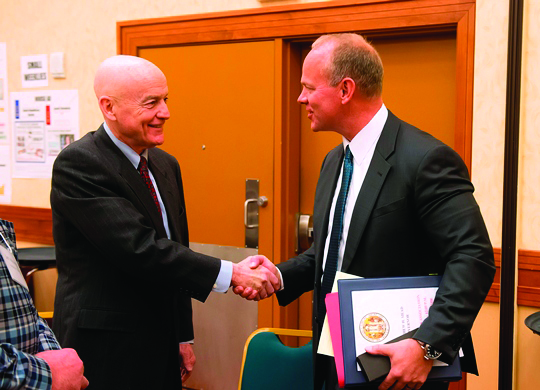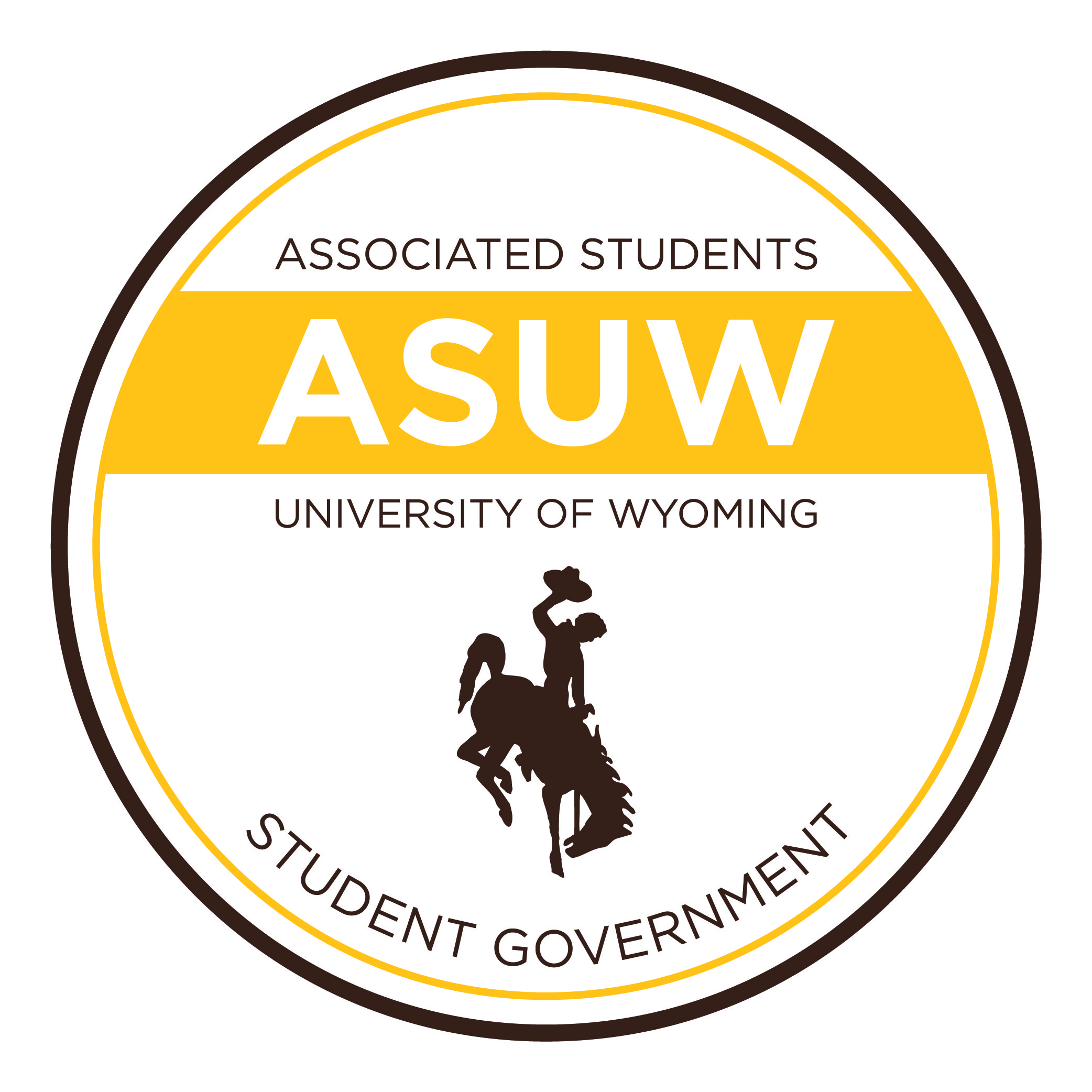In a press release, the Top-Tier Science Programs & Facilities Task Force emphasized that the new approach to science at the university emphasizes, “active learning.” This means more hands-on lessons. The decision to move toward more interactive and collaborative learning was made in response to research indicating that students involved in active learning programs had higher rates of success.
The study also found that many of the buildings on campus lack the ability to sufficiently implement the educational recommendations of the task force. Therefore a significant portion of the plan revolves around constructing more capable facilities. This construction will be divided into two phases.
“Phase I” includes replacing traditional lecture halls with studio style collaborative spaces, complete with the latest in educational technology, and the construction of two new research centers. The Center for Advanced Scientific Imaging will serve as UW’s home for its electron microscopes and spectrometers, while the Center for Integrative Biological research will provide areas for the observation and growth of both plant and animal specimens.
“Phase 2” focuses on upgrades to existing campus science centers. The Aven Nelson Building and its herbariums will receive significant renovations, while the Department of Animal Science will be renovated and expanded throughout the building it currently occupies. Additionally UW’s Jelm Mountain Research Telescope Facilities will be upgraded.
Some departments feel left out by the scope of the task force’s new strategy. Entomology, in particular, is not mentioned in the plan despite the benefits the state of Wyoming gains from the department.
The Entomology Extension at the University of Wyoming solves insect maladies affecting the state’s agriculture and ecology. In 2010, the grasshopper population had exploded, causing wide spread harm to the state’s fauna, endangering cattle grazing within the state. The extension worked hard to develop alternative means of pest control, and their research saved the state approximately $13 million dollars. Despite the assistance and relief they provide to Wyoming’s agriculture and ecology, the task force’s press release carries no mention of entomology.
At a recent Faculty Senate meeting, representatives from smaller departments expressed their concerns. For them, the plan, while providing significant investment into many of the larger department, does not provide significant enough development or investment into smaller departments and extensions on campus.
For Entomologist and UW Professor Alexandre Latchininsky, the lack of representation is disappointing, but unsurprising. Hired on in 2003, Latchininsky is the most recent entomologist hired by the university. The plans lack of specific funds for the Entomology Extension means that it is unlikely that the extension will be able to hire desperately needed new faculty members to replace its four professors. Without new faculty, the end of the Entomology Extension may be approaching.
“In several years, three of us will retire,” Latchininsky said, “We have no new blood.”



